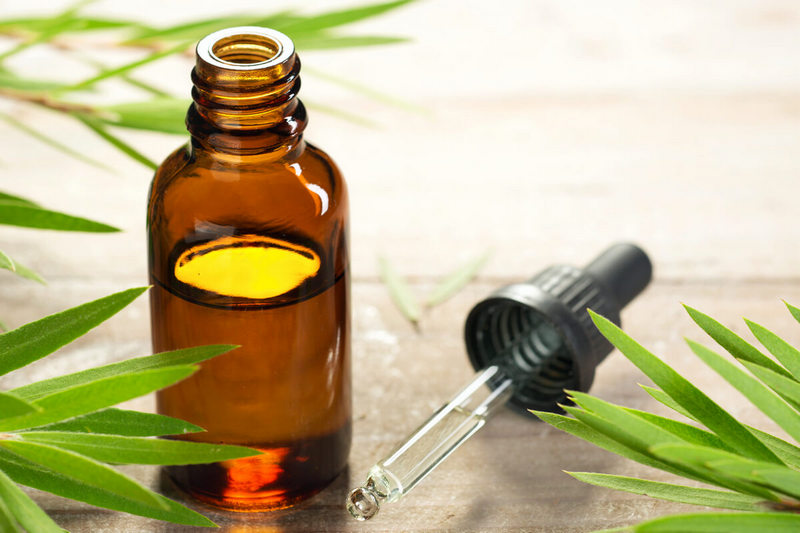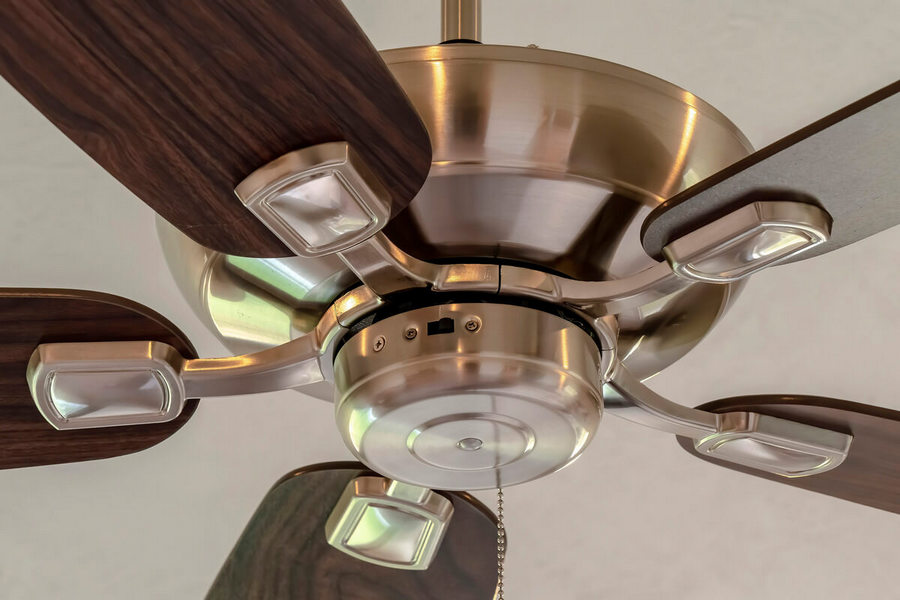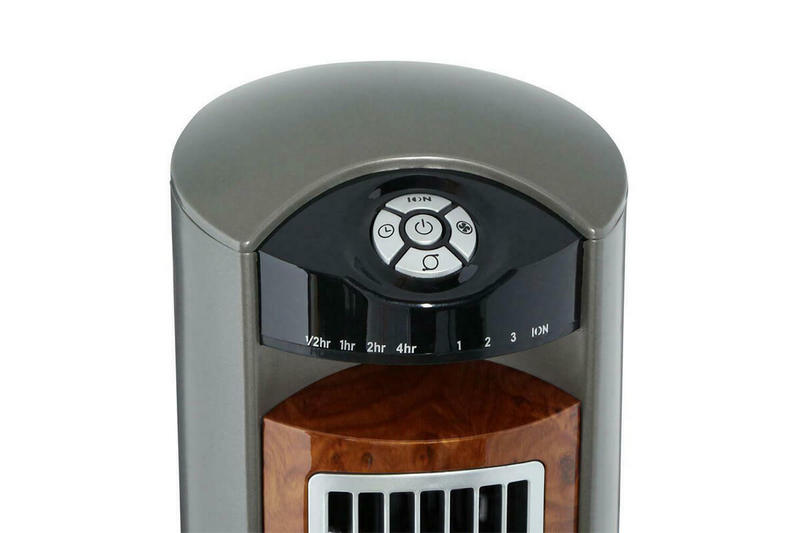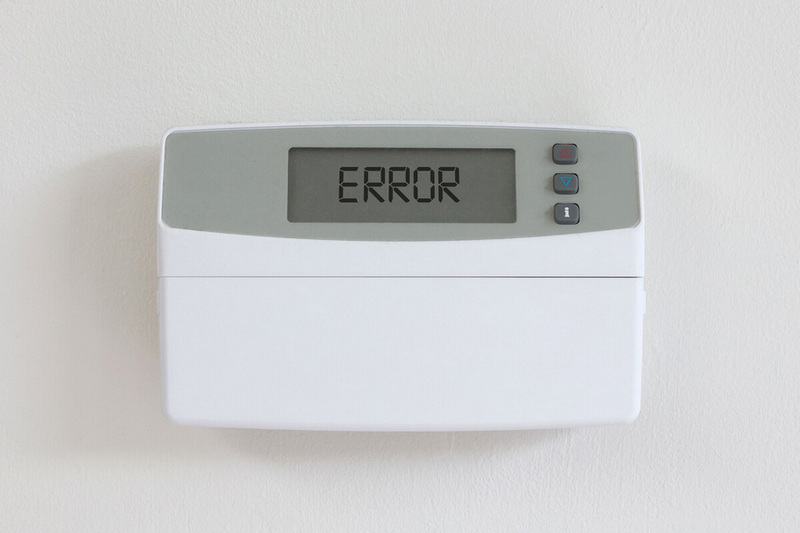Did you know that black mold in your home can contribute to various health problems? According to the Centers for Disease Control and Prevention, it can cause a stuffy nose, sore throat, coughing, burning eyes, and even skin rash.
However, thanks to the antifungal properties of tea tree oil, you can get rid of mold quite easily. In this guide, we’ll explain how to use this essential oil to eliminate mold effectively.
Tools and Materials for Mold Removal with Tea Tree Oil
Tea tree oil, which comes from the Australian native plant Melaleuca alternifolia, is known for its therapeutic benefits.
This natural fungicide is an excellent substitute for other hazardous chemicals used to clean your home. Additionally, it’s pretty effective and convenient to use.
Here are the items that you need to collect to eliminate mold:
- Tea tree oil
- Hydrogen peroxide
- Empty spray bottle
- Water
- Gloves
- Towel
- Toothbrush
You are now ready to eradicate mold forever with a killer solution!
Read also: Bamboo Charcoal Bags for Mold
How to Use Tea Tree Oil to Clean Mold and Mildew
Before you follow the steps to clean mold, make sure you identify each spot where mold may be lurking in your home.
Once you’ve identified each area, here’s what you should do.
Step 1
Wear your gloves and pour a glass of water into an empty spray bottle. Then, add a tablespoon of tea tree oil and close the lid tightly. Now shake the solution and spray it all over the moldy spots in your home. Let the solution sit for about 30 minutes.
Step 2
Next, mix a few drops of hydrogen peroxide in lukewarm water and spray it on the same spots. Let it rest for 15 good minutes.
Step 3
Following this, dip the toothbrush in the mixture of hydrogen peroxide and scrub the moldy area.
You won’t have to scrub the mold too hard. It will only take a few gentle scrubs since the effective solution would already have killed the mold.
Step 4
Lastly, pour water over all the areas you have scrubbed and wipe them with a dry towel.
That’s it! You have successfully cleaned the mold. This method is pretty effective for eliminating fungus, but you can expect some stubborn stains; especially, if the mold was too old or if you live in an old house.
So, if you encounter such a problem, don’t fret; here’s a solution for that.
Tea Tree Oil and Vinegar Solution for Mold
This method is for you if:
- You’re left with stains after trying the first method
- You want to stick to entirely natural cleaning products
While we already know the immense benefits of tea tree oil, vinegar is also an effective disinfectant that helps you with the cleaning process.
Plus, it’s pretty cheap, and most of us have the ingredients stashed in our kitchens for cooking purposes. Here’s what you need to do.
Step 1
Wear your safety gloves and add a cup of water to an empty spray bottle. Now, put a tablespoon of tea tree oil and three tablespoons of vinegar. Then, shake the mixture and spray it on the affected areas. Let it sit for an hour.
Step 2
After this, take a toothbrush and scrub the mold/stains gently. Tea tree oil will kill mold, while vinegar will remove bacteria and stains.
Step 3
Finally, pour lukewarm water on all the areas and wipe them dry with a towel.
If you’re sensitive to harsh chemicals, this solution will work best for you. In addition, the steps are pretty easy to follow.
So, once you’ve figured out how to clean mold, it’s imperative to learn how to prevent mold growth.
Read also: Best Mold Detection Meters
How to Prevent Mold
We’ve all heard the saying that prevention is better than cure. Here’s what you can do to avoid mold growth indoors.
- Dry wet areas right away
- Inspect and repair leaky gutters
- Monitor the humidity level
- Frequently disinfect the areas prone to mold
- Ensure adequate ventilation by opening doors and windows
Bottomline
You may see black mold growing in your home if your air circulation system is inefficient or the humidity levels are high.
Nevertheless, you can use tea tree oil to get rid of mold naturally. Lastly, remember to wear gloves or a mask when cleaning to avoid contact with mold.







